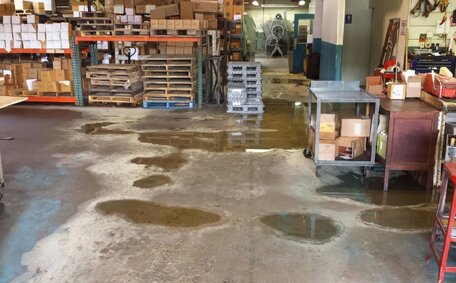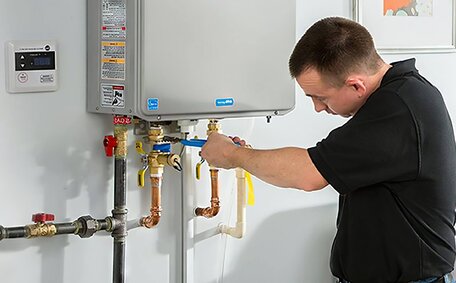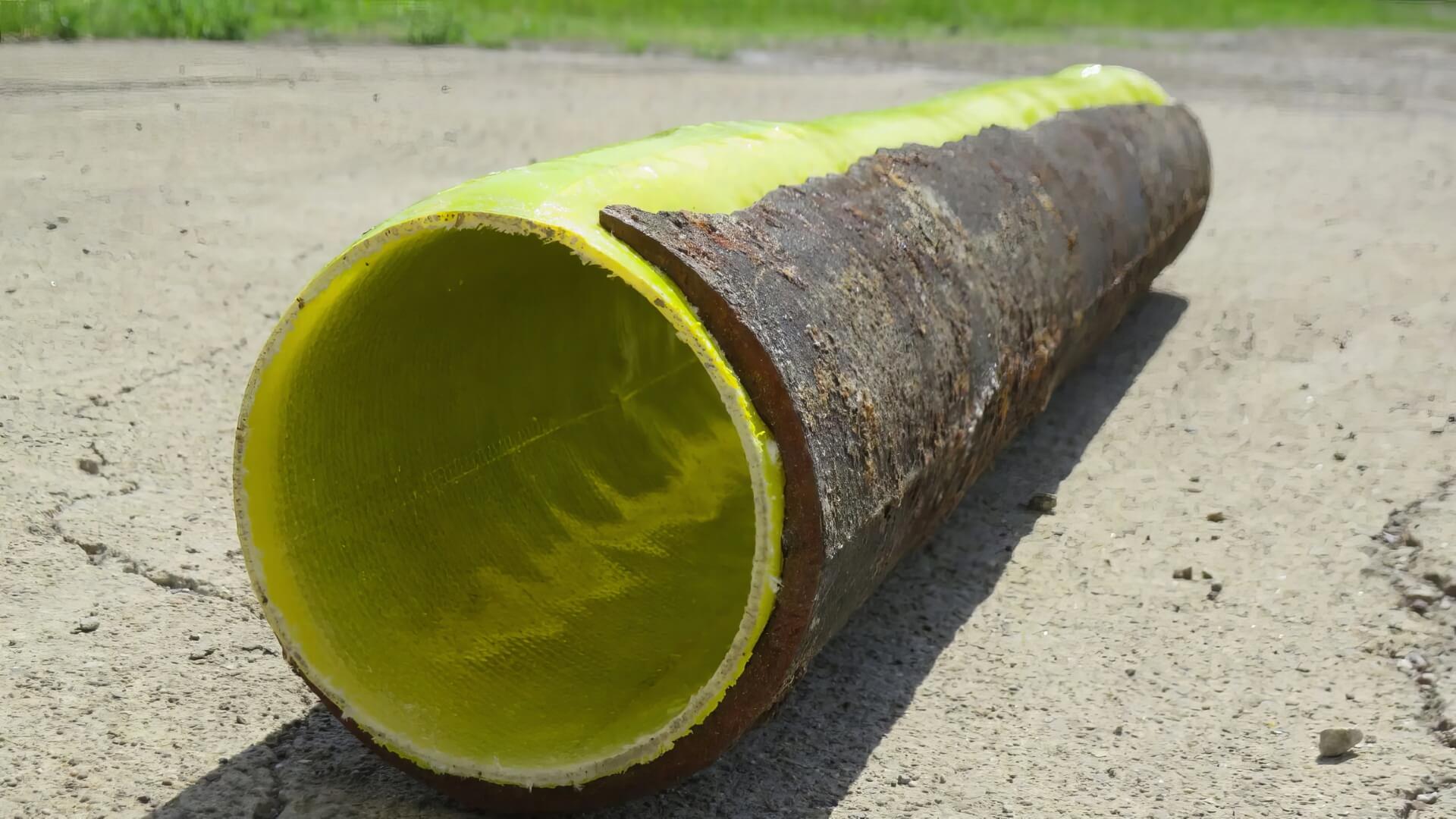
How To Fix Water Heater Issues
Can’t get hot water from your water heater? Try troubleshooting by checking the power supply, thermostat, heating elements and more. Call a pro plumber for repairs.
Read MoreAn efficient hot water system, including tankless water heaters, is crucial for home comfort. Over time, water heaters can develop problems, leading to a lack of hot water. Common hot water system problems include:
Baulkham Hills Plumbing expertly diagnoses and resolves issues with electric water heaters. With over ten years serving Sydney’s northwest, we have the skill and resources to restore your hot water system to perfect condition. Whether you need thermostat adjustments, heating element replacements, or full system installations, we are here to help.
Reach out if you believe there might be an issue with your hot water units.
If power is restored, monitor the water heater for further anomalies. Before inspecting any circuits, ensure the water heater is switched off at the fuse box.
Reset any tripped circuit breakers related to the water heater to restore functionality.
After confirming power supply, conduct a basic check of the water heater’s functions. Activate the power and scrutinise the gas control burner assembly following the guidelines provided by the manufacturer. Draw some hot water from a tap and proceed to monitor the gas supply pressure and temperature performance.
If there’s no hot water, the tap fails after a few minutes, or the temperature is too low, inspect the lower heating system for internal faults that may require professional help.
Temperature issues such as fluctuations or inadequate heating often indicate thermostat or heating element problems.
Begin your examination by checking the thermostat settings on your electric hot water system. Consult your owner’s manual for the recommended water temperature setting, typically between 49-60°C, and adjust accordingly. Should adjusting the upper heating element not correct temperature issues, you may need to replace a faulty upper thermostat.
To test the heating element when facing low water pressure, disable power and consult the manual, which should list the correct resistance range, typically 5-25 ohms for new elements.
Then, use a multimeter to test resistance through the upper and lower heating elements. Gas water heaters, for example, typically have a single lower heating element. Then, use a multimeter to test resistance through the upper and lower heating elements.
If upon inspection both thermostat and heating elements test functional, issues could stem from sediment buildup, a short circuit, a hitemperature limit switch, or possible cause related to problems with wiring. With over 10 years of experience, we have the expertise to accurately diagnose and fix any hot water heater issue.
In complex water heating cases like these, contact your plumber at Baulkham Hills Plumbing.
One of the most common gas electric water heater issues is minor leaks. Electric hot water pooling at your unit’s base or visible dampness on tank walls usually indicate a leak. Leaks can often be traced to a defunct cold water inlet, hot water outlet, or a compromised anode rod seal.
Tighten any fittings or connections where leaks are detected.
If this does not resolve the issue, try replacing worn washers, the pressure relief valve, or connection fittings. You may be able to patch small tank leaks from the outside using specially formulated relief valve epoxy. Larger leaks or leaks originating from within the storage tank cannot be addressed with patching and the system will need professional replacement.
If you are unable to isolate and fix the leak source yourself, contact Baulkham Hills Plumbing right away to schedule a diagnosis. Our certified personnel possess the acumen to accurately pinpoint the origin of your problem and suggest appropriate remedies. We carry a complete inventory of water heater parts to facilitate quick and effective repairs.
Cloudy or discoloured hot water typically signals sediment buildup within the tank. Sediment accumulation happens over time as minerals from the water supply solidify and stick to the bottom and sides of the water heater.
Sediment not only muddies water but also diminishes heating efficiency and may produce noise as it moves within the tank.
The solution is to flush out the sediment by draining the tank water heater. Check your owner’s manual for specific instructions on how to drain your water heater. Generally, flushing involves the following steps:
Annual flushing of your heating system can prevent excessive sediment buildup, ensuring cleaner water and prolonging heater lifespan. Should issues persist post-flushing, contact Baulkham Hills Plumbing for a comprehensive inspection and servicing.
It’s essential to have a hot water heater with enough capacity to meet your household’s needs. With undersized tankless water heaters, you might face dilemmas like not having enough hot water during ablutions or encountering feeble flows at various outlets. To assess if your tank size provides adequate capacity:
At Baulkham Hills Plumbing, we specialise in properly sizing and installing new hot water systems. If your tank cannot handle your household needs, we recommend upgrading to a larger capacity unit or adding secondary systems. This guarantees hot water all throughout your home for dependable hygiene, sanitisation, and upkeep activities.
There are certain water heater issues that require professional assistance to properly diagnose and repair.
Should your hot water system still falter after troubleshooting, contact us for assistance. We recommend contacting Baulkham Hills Plumbing, as our experienced technicians have the advanced training, specialised equipment, and quality parts to solve persistent or complex problems.
We also advise you to call gas experts promptly if:
For professional repairs on your electric and gas hot water systems by licensed plumbers, get in touch with Baulkham Hills Plumbing. We service all brands of electric hot water heaters, providing upfront pricing with no call-out fees for repairs. Trust us to get your hot water flowing properly again.
Regular maintenance is crucial to averting issues and extending the life of your water heater. We recommend scheduling annual tune-ups with Baulkham Hills Plumbing to keep the water heater your home depends on operating efficiently.
Our technicians perform comprehensive inspections to identify wear or damage in all components. Our service encompasses sediment flushing, obstruction clearing, thermostat calibration, and extensive assessment of heating mechanisms. Preventative maintenance guarantees prolonged and reliable operation of your water heater.
You can also implement a regular tank flushing routine using the drain valve. Flushing once a year clears out mineral buildup inside the tank, maintaining heating efficiency and water clarity.
Take advantage of our cost-effective maintenance packages offered by Baulkham Hills Plumbing’s water heater experts. Keeping your system well-maintained through regular professional servicing and self-care is the best way to prevent issues from occurring.
Can’t get hot water from your water heater? Try troubleshooting by checking the power supply, thermostat, heating elements and more. Call a pro plumber for repairs.
Read MoreCloudy or milky hot water coming from your taps is generally harmless and caused by trapped air bubbles in the water. Simply running the tap for a little while will usually clear up the water. If the cloudiness persists, it could be caused by sediment buildup or issues with your pipes.
Read MorePipe relining involves inserting a tube inside damaged pipes to repair cracks and leaks without digging. This trenchless method may allow pipes and plumbing fixtures to be relocated during bathroom renovations. Contact our expert plumbers to understand if pipe relining can reposition your pipes and fixtures.
Read MoreBaulkham Hills, 2153 NSW
We will call back as soon as possible.




